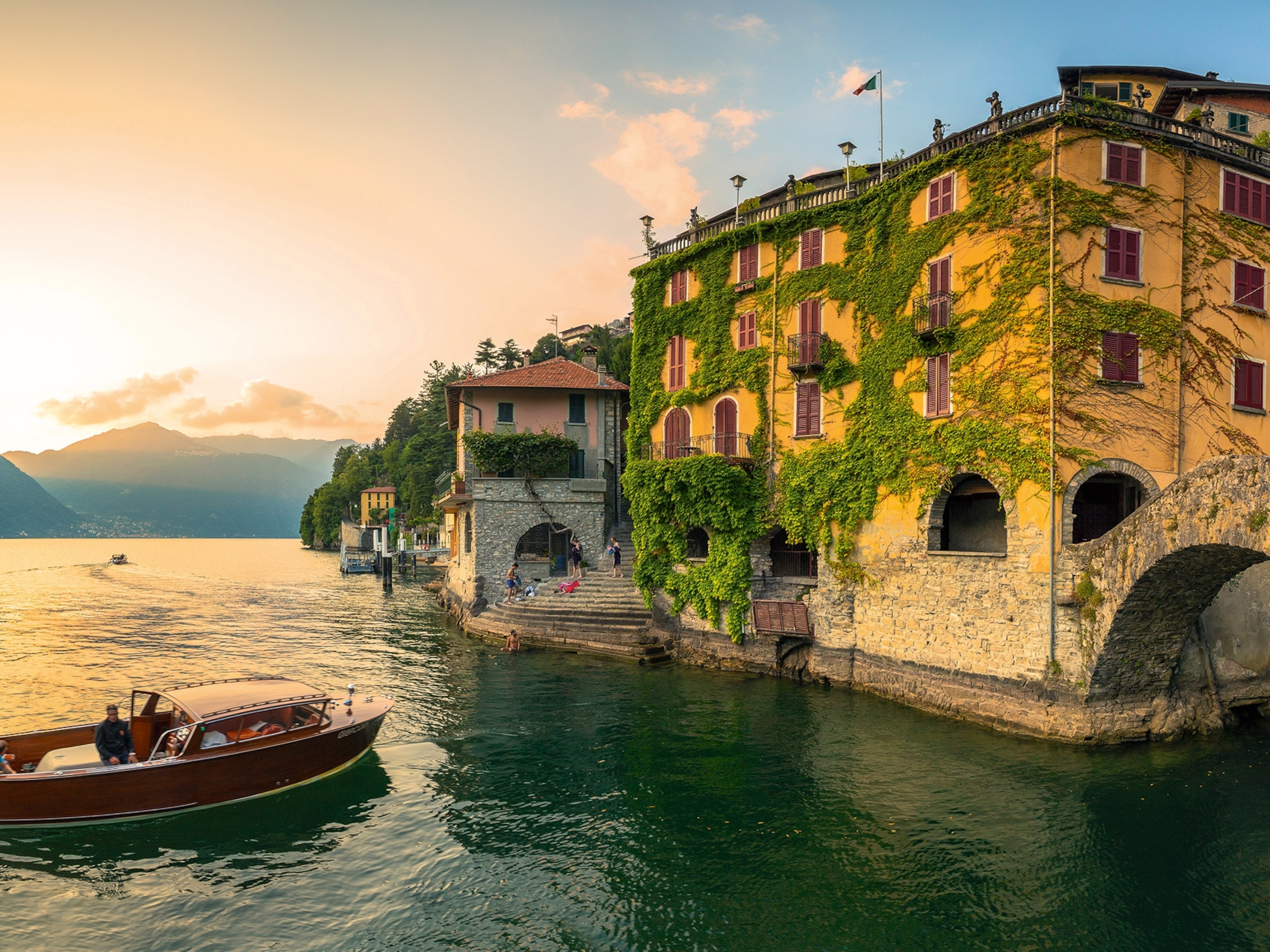
Going underground: a subterranean tour of London's abandoned tube stations
Tours through abandoned Tube stations open a unique window onto London’s historic roots.
Standing on a strip-lit London Underground platform, I’m staring at the billboards across the tracks. Primary colours jump out above grimy rails. To the left is a placard for cheap holidays in the sun, to the right a poster for new West End play Diana’s Fortune. But the adverts are strangely vague when it comes to details. Holidays where, exactly? And why no mention of which theatre is staging the play?
“They’re all fake ads,” says my Hidden London guide, Pat Dennis, with a laugh, pointing out posters for fictitious estate agents and non-existent clothing brands. We’re deep in Charing Cross Underground station, at the heart of the capital’s transport network, but if we were hoping to hop on the next train we’d be in for a wait. “This platform has been out of service since 1999,” he says. “It was part of the Jubilee Line. Now it’s used for films, TV shows and music videos. We’ve had Matt Damon and Daniel Craig down here, Paddington, Madonna, Dua Lipa — you name them.”
The bogus ads, it transpires, help avoid any awkward issues over product placement. They also add to the discombobulation of entering a secret underworld. When Pat greets our group in the station’s ticket hall, we’re surrounded by a jostle of commuters and free newspapers. Then we step through an anonymous metal door and everything becomes real but unreal, with empty escalators, silent corridors and the far-off rumble of trains on other lines.
Over the following hour and a quarter, we get a full overview of this deserted wing of the station. We’re given the history of Charing Cross itself. We’re shown footage from Skyfall where James Bond slides down the same escalators we’ve just descended. We’re even taken into the cavernous dark of the ventilation shafts and construction tunnels, at one point spying through a grille, 007-style, on travellers waiting for a Northern Line train. It all feels fascinatingly clandestine.

This, of course, is very much the intention. Organised by the London Transport Museum, which funnels profits from tickets into its educational arm, these behind-the-scenes tours are run by Hidden London in eight different Tube stations. The visits make the most of the fact that multiple areas of certain stations are now disused, for reasons varying from low passenger numbers to rerouted lines.
“All the stations we visit have their own selling points,” says Pat, explaining that tours are scheduled for different stations at different times each year, to keep demand high. Many of these tours touch on the Second World War, when the tunnels doubled as air-raid shelters. Clapham South, for example, has more than a mile of deep-level passageways, while Down Street — which Winston Churchill used as a secret wartime bunker — was closed to passengers back in 1932, yet still exists, murky and history-laden, under the streets of W1. And while the defunct platforms of Charing Cross remain modern-looking, the concealed parts of Aldwych and Euston are time capsules full of period architecture and fading posters.
(5 of north London's most scenic walking routes.)
I head to another station, Moorgate, for the next tour. It takes its name from a former gate in the old city walls, which looked out across marshland. Today the area is all commercial buildings and cafes, but the station has plenty of history. It opened in 1865 as part of the Metropolitan Line — the world’s oldest underground — and originally had gas-lit wooden carriages trundling along its tracks.
“The early trains didn’t even have windows,” says my guide Tommy Carr. “The logic was that there was nothing to look at in a tunnel, then they realised passengers liked seeing which stations they were stopping at.” The station was initially just a shallow one, created using the old-fashioned cut-and-cover method — digging a big trench, laying down tracks, then roofing it over again — before the deep-level underground arrived in 1900.
We venture into the belly of the station, stepping into a low-lit maze of maintenance tunnels and disused lift shafts. A tiled passageway closed since 1939 still bears fragments of adverts for soap and books; further on we’re shown an old tunnelling shield — a vast, hollow, metal cylinder lying on its side — created as a kind of protective sheath for workers, who stood inside it to hand-excavate the tunnels. Stretching 16 feet across, the shield was simply left there when work was completed.
Less than 90 minutes later I’m back in the fresh air, a little dazed. Today’s Tube is many things — functional, sprawling — and the sheer breadth and history of the network means parts of it are stuck in time.
To subscribe to National Geographic Traveller (UK) magazine click here. (Available in select countries only).





